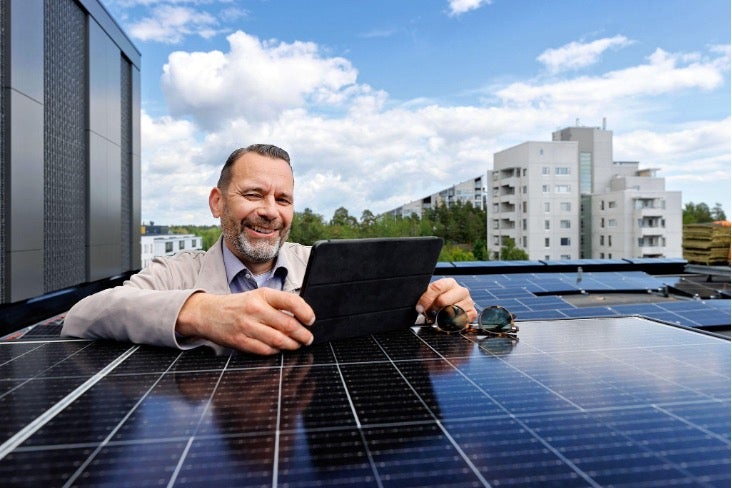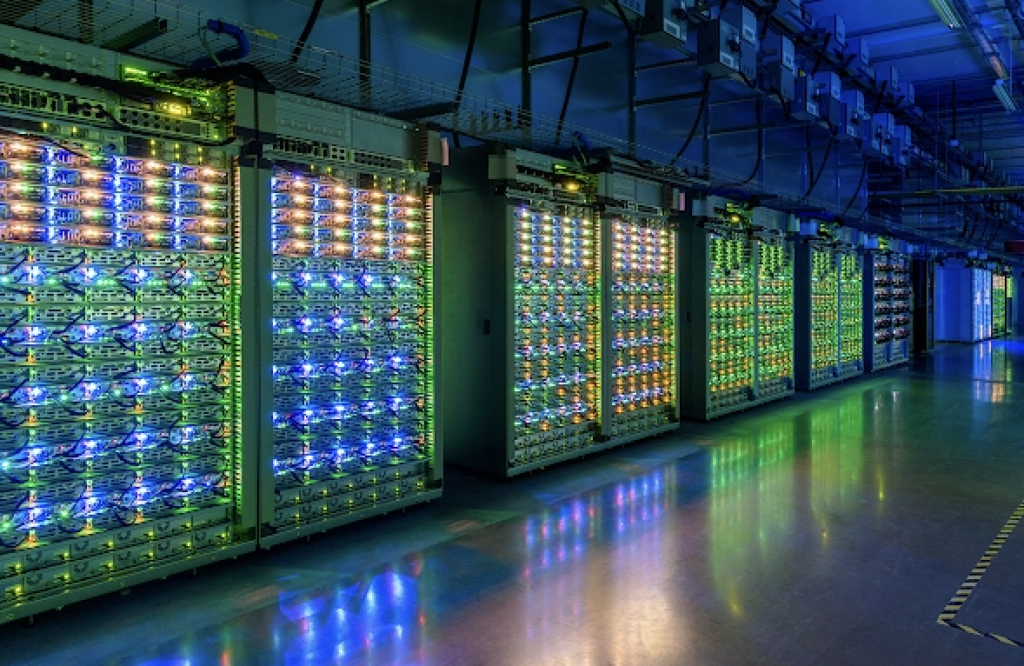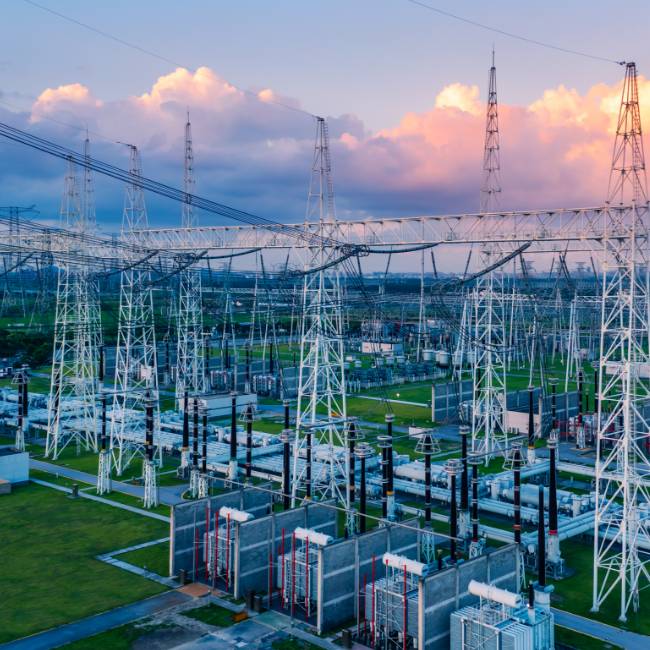The digital age is fundamentally dependent on data centers, which serve as the backbone of our technological infrastructure. Without them, the digital world as we know it would not exist. However, the rapid expansion of data centers has put unprecedented stress on the electric grid, leading to increased energy consumption and heightened demand for power. This strain underscores the need for innovative solutions to ensure that our energy systems can support the growing digital economy.
COMMENTARY
As we confront the energy crisis within the technology sector, it is crucial to explore and adopt renewable energy resources. This approach aims to enhance overall efficiency while also considering sustainability and land use at the sites where data centers are located. Modular data centers have emerged as a promising solution. These portable facilities, equipped with off-the-shelf data center hardware, are designed for optimal space utilization. They can be rapidly deployed and easily scaled, making them ideal for areas with limited resources or for repurposing urban and industrial facilities.
Increasing Cost of Land: Modular data centers, with their rapid deployment and scalability, address immediate needs but also highlight the broader issue of increasing demand for data centers. As the demand for data driven by artificial intelligence (AI) and machine learning (ML) continues to grow, so does the need for more data centers to support these advancements. According to McKinsey & Company, data centers are becoming a highly attractive investment opportunity from various perspectives, including growth capital, buyouts, real estate, and infrastructure. Data center deals surged by 40%, rising from a combined value of $34 billion in the previous year to $48 billion in 2021. However, the rising cost of land and the challenge of securing operational funding amidst increasing interest rates have prompted businesses to seek alternative locations and innovative solutions for data center construction to meet investment demands.
Strategic Location Choices: Historically, businesses have favored prime urban and suburban locations for their data centers to benefit from lower latency and proximity to end-users. These locations are also typically less prone to extreme weather events, floods, and fires, which could otherwise disrupt operations and impact profitability. Since 2021, a trend has emerged where data centers are relocating from congested cities with high land costs to more rural areas. This shift aligns with the rise in remote work and the movement of populations from urban centers to smaller, more affordable communities. Advances in 5G and edge computing have facilitated this trend by enabling the necessary computing power to be distributed to less populated regions.
Toward a Sustainable Future: Traditional data centers are significant energy consumers, accounting for nearly two percent of global annual power consumption and having a carbon footprint comparable to that of the aviation industry. The energy demands of data centers, required to manage data processing, maintain operations, and regulate temperatures, are immense. The demand for managing data processing, maintaining operations, and regulating temperatures is set to grow significantly with the rise of new technologies like AI. In fact, by 2025, generative AI’s energy demands alone could account for a third of the total energy consumed by data centers in 2022.
The data center industry faces growing pressure from local communities and governments to enhance cooling efficiency and reduce its carbon footprint and impact on local resources. To address these challenges, data center businesses must innovate their architecture to remain attractive and sustainable or seek alternative solutions to comply with regulatory requirements.
An Innovative Solution—Modular Data Centers: To tackle the challenges of space constraints, land costs, and climate control issues, while remaining attractive to investors, the modular data center presents a viable solution. These prefabricated and modular data centers are designed to be secure, agile, and efficient.
Modular data centers allow businesses to host critical data in a variety of non-traditional locations, reducing costs associated with building materials and land rental due to their compact size and durability. The plug-and-play nature of these containerized systems enables them to become operational within six to nine months from design approval, significantly cutting deployment time by nearly 50% compared to traditional builds.
For larger enterprises, internet giants, and service providers, modular data centers offer rapid deployment and scalability in multi-megawatt implementations that can expand as needed to meet growing demand. Similarly, small and medium-sized enterprises benefit from the modular data center’s ability to address space and capacity constraints with quicker deployments that optimize capital expenditure. The scalability, durability, ease of transport, and compact footprint of modular data centers make them suitable for use in industrial and government sectors, as well as emerging economies, by bringing processing capabilities closer to users, whenever and wherever needed.
Designing modular data centers is more straightforward compared to traditional counterparts. Third-party experts specializing in digital transformation can provide a range of reference designs to streamline the process. Additionally, these modular systems can be designed with sustainability in mind, further aligning with the industry’s goals for reducing environmental impact while meeting increasing data demands.
—Joe Reele is vice president, Solution Architects at Schneider Electric.

















